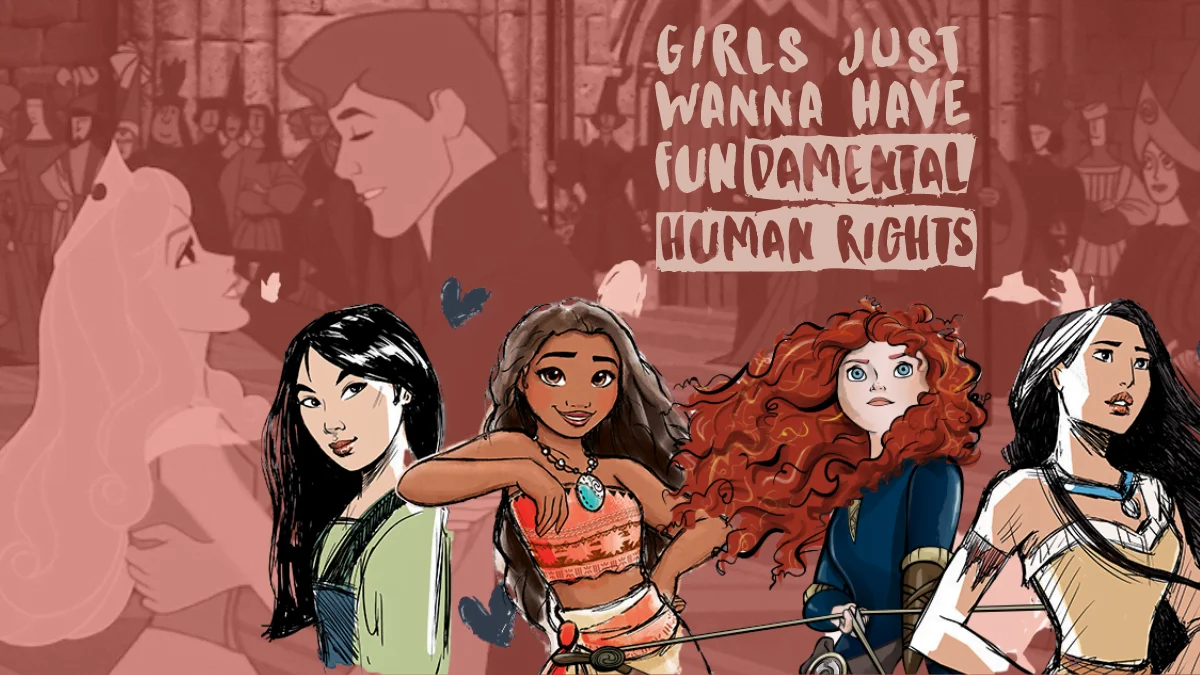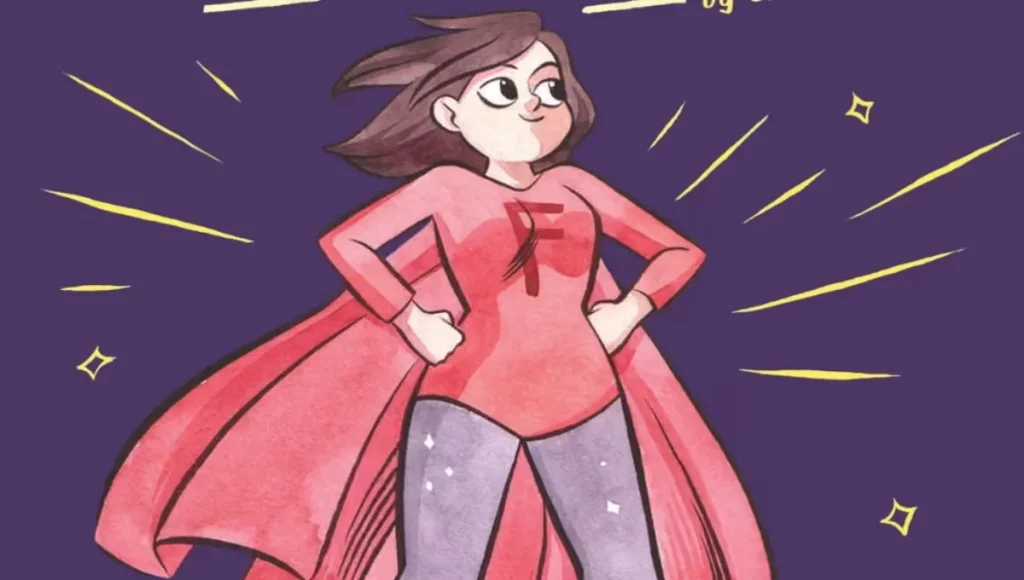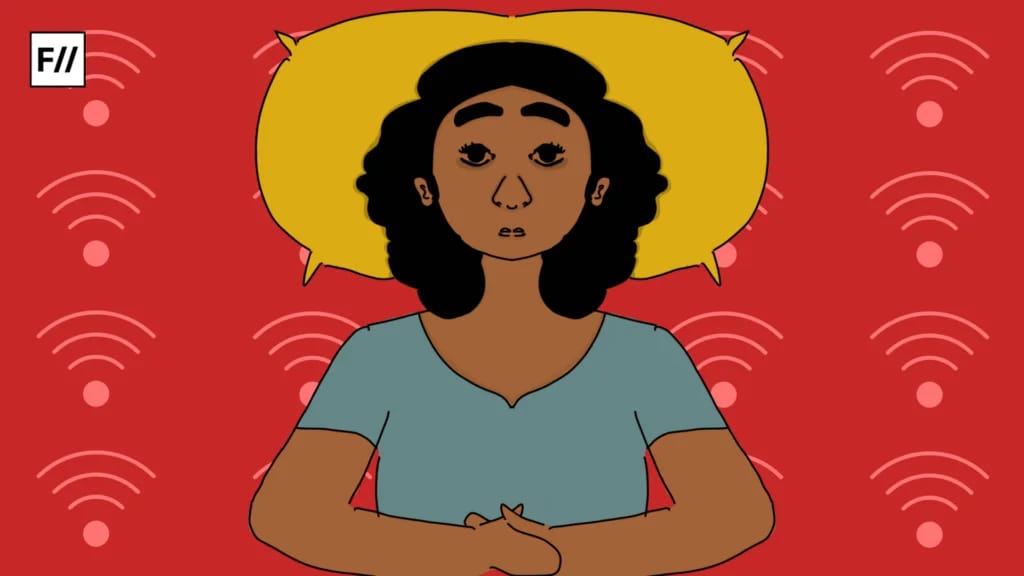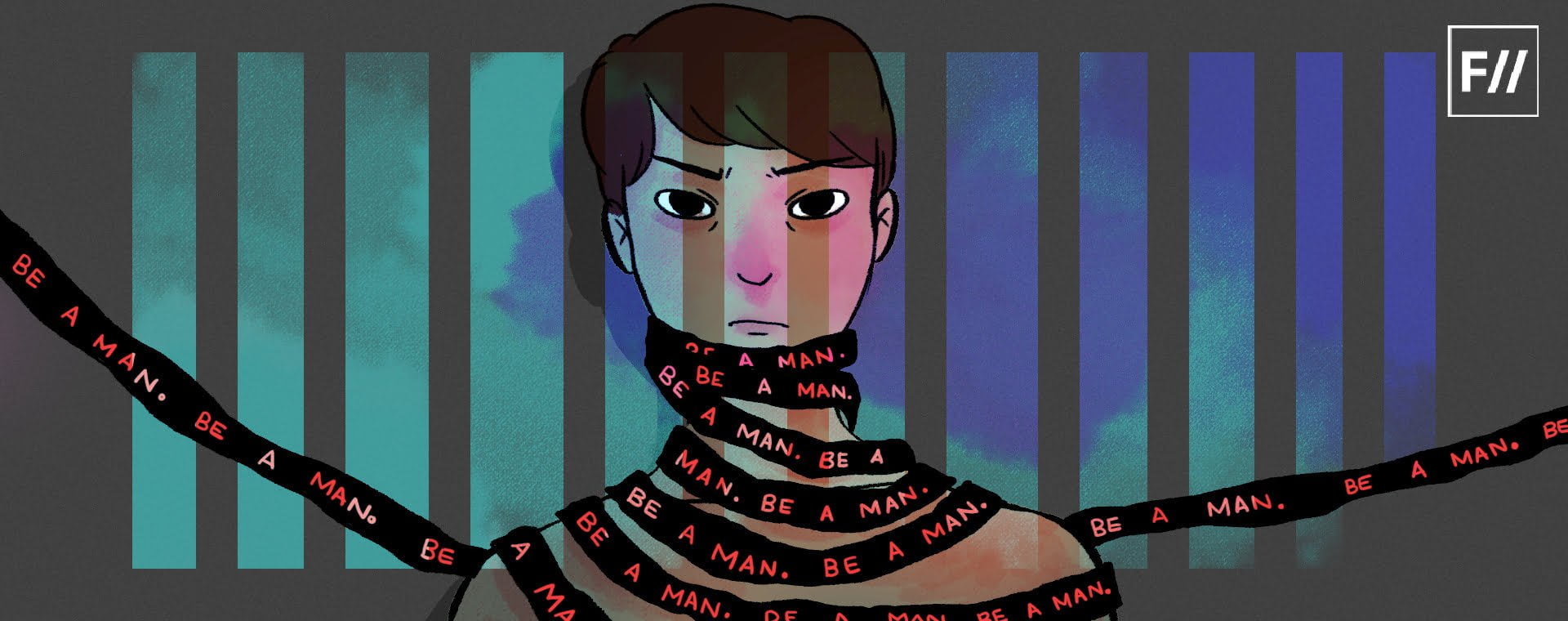Many children grew up with fairy tales where ‘a prince rescues a princess, and they live happily ever after.’ One might remember being captivated by those stories as a child but also noticing their limits. Why was the princess always waiting for help? Why could she not fight the dragon herself? Why was the prince always brave, strong and ready to save? These questions later shaped my publishing vision at Woodpecker Books.
Stories are never just stories for children. The books read early on plant ideas, form impressions, and influence who they might become. When I chose to carry forward my family’s publishing legacy through Woodpecker Books, these questions returned with urgency. We all know how limiting and unfair older storylines can be, not only for girls but for boys too. Children’s publishing is not about producing pretty books but about shaping minds, building empathy, and creating space for every child to see themselves in a story that dignifies them.
Stories are never just stories for children. The books read early on plant ideas, form impressions, and influence who they might become. We all know how limiting and unfair older storylines can be, not only for girls but for boys too. Children’s publishing is not about producing pretty books but about shaping minds, building empathy, and creating space for every child to see themselves in a story that dignifies them.
Research demonstrates why such shifts are necessary. In India, an analysis of NCERT school textbooks published between 2020 and 2022 found that only about 34 per cent of gendered words referred to women, with male-centred references dominating. A separate study of primary school textbooks prescribed in West Bengal showed that illustrations disproportionately placed women in domestic roles, reinforcing patriarchal expectations.
Gender imbalance in Children’s stories
The imbalance is global. In the UK and China, a study of best-selling picture books between 2011 and 2020 found that male characters were more often active, speaking, or leading than female ones. In the United States and Australia, a cross-cultural study of picture books widely read in classrooms concluded that they continue to reinforce binary gender roles, showing boys as heroic and adventurous while girls are confined to more traditional portrayals.
At the same time, examples of resistance have always existed. Charlotte Zolotow’s William’s Doll was one of the first widely read American picture books to subvert expectations by following a boy who wanted a doll, legitimising tenderness and care as part of boyhood. In India, several publishers have pushed for more equitable representation, ensuring that girls and boys are equally resourceful and mischievous, and rejecting manuscripts that reinforce stereotypes.
Research confirms the importance of these changes. When children are exposed to stories that break stereotypes, their aspirations and sense of self broaden. Studies show that girls who read gender-atypical storybooks express wider career ambitions, while boys who encounter stories validating emotional expression are less constrained by harmful norms of toughness. The Fawcett Society in the UK found that nearly half of adults said they were expected to behave in certain ways as children because of their gender, and more than half felt these expectations later affected their career choices and relationships.
Curriculum reforms in india
In India, curriculum reforms have begun to address these concerns. Some state textbooks now show women as doctors, police officers and professionals, alongside men in household roles, signalling that girls’ futures extend far beyond domesticity. When children encounter such balance, they respond with fresh curiosity, asking questions beyond what boys or girls are ‘supposed’ to do.
Stories are more than entertainment; they become part of childhood identity, shaping how children understand justice, empathy and possibility. For us and many others in children’s publishing, the responsibility is clear. In choosing what to publish, illustrate or teach, adults are shaping not only readers but future citizens.
Representation extends beyond gender to race, disability, language and family structure. Here, too, challenges persist. In the UK, a recent study found that more than half of children’s books with Black main characters were written by white authors or illustrators, raising questions about authenticity. Another report by the Centre for Literacy in Primary Education found that the proportion of children’s books with racially minoritised characters fell from 30 per cent in 2022 to 17 per cent in 2023 and that many such characters appeared only in background roles rather than as central figures.
Even seemingly simple conventions such as colour coding play a role. The idea that pink is for girls and blue is for boys has shaped how children imagine themselves for decades. But contemporary books now challenge this too, with stories of boys enjoying pink cupcakes, girls painting with bold blues, or non-binary children embracing every shade of life. The truth is that children arrive in the world without these labels; adults are the ones who paint them on.
Across all these examples runs the same conviction: stories matter. They give children language to name emotions, models for courage and kindness, and the freedom to imagine differently. A forthcoming series developed by us at Woodpecker reflects this global movement, creating characters who are bold and tender, strong and vulnerable, curious and kind.
Stories are more than entertainment; they become part of childhood identity, shaping how children understand justice, empathy and possibility. For us and many others in children’s publishing, the responsibility is clear. In choosing what to publish, illustrate or teach, adults are shaping not only readers but future citizens. And if a little girl can grow up reading that she can fight dragons, and a little boy can grow up reading that it is all right to cry, then perhaps children everywhere will inherit the most powerful gift of all: the knowledge that they are free to be exactly who they are.
About the author(s)
Natasha Shah Bammi is the founder of Woodpecker Books, a children’s book imprint of Wilco Publishing House, dedicated to creating inclusive books that nurture future-shaping readers. She works at the intersection of storytelling and learning, fostering empathy, curiosity, and a sense of equality among young readers.






